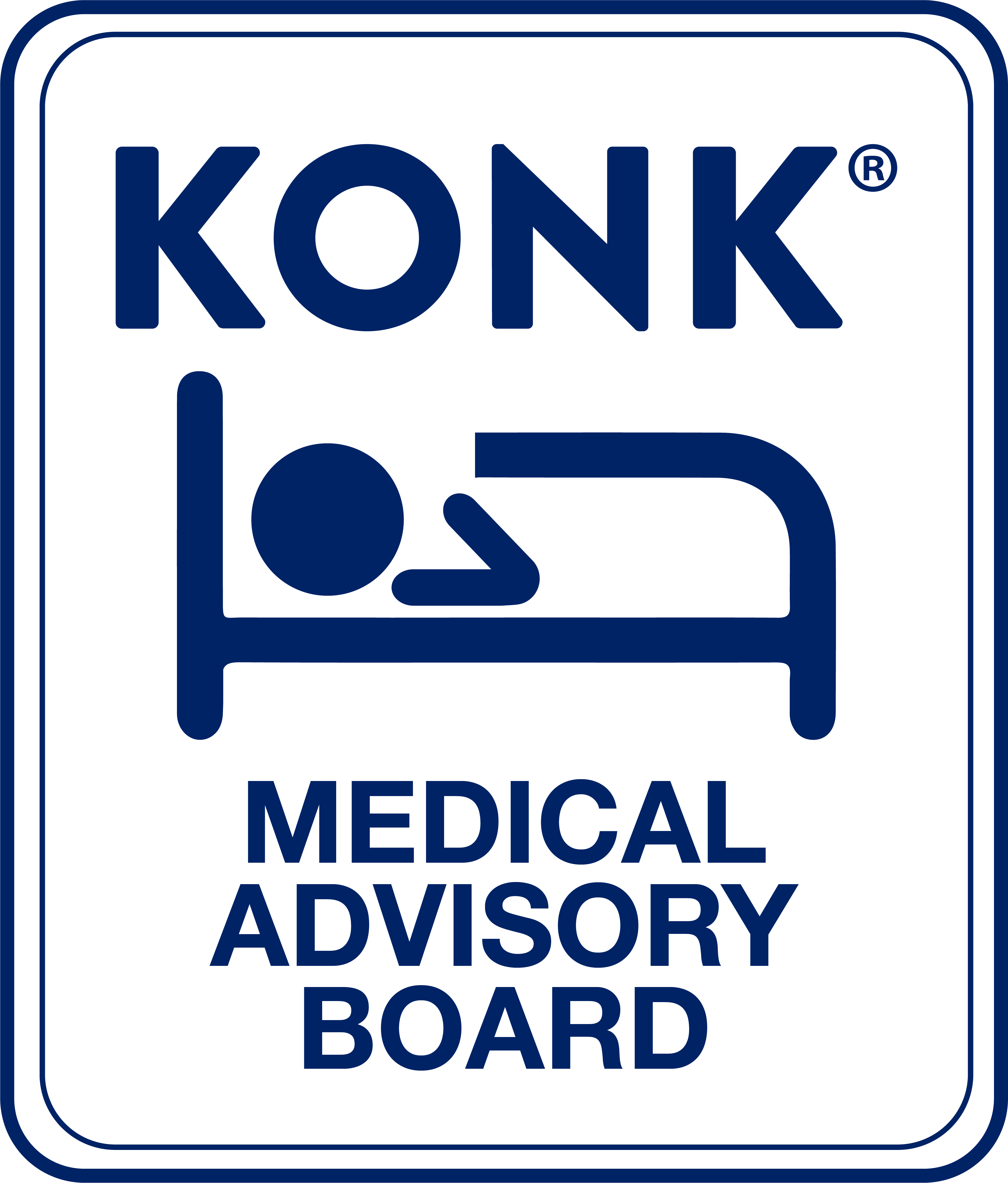Whether you are a specialist or a general practitioner, there is a good chance that the medical problems you treat are themselves useful screening criteria for seemingly unrelated disease conditions that require prompt attention. Perhaps no aspect of clinical medicine correlates with this axiom greater than sleep disorders: the health issues that non-sleep specialists treat are often strong positive indicators of Obstructive Sleep Apnea (OSA) – a condition whose long term impact and associated morbidity is often more serious than the complaint for which the patient arrives. As a result, if we keep our eyes open for conditions associated with sleep disorders, we all have the opportunity to help our patients not just once, but twice.
Consider the high rates of erectile dysfunction and kidney stones found in patients with OSA: A thoughtful urologist who has referral access to a user-friendly sleep service has the opportunity to relieve tremendous suffering in the patients with these diseases – but could also save the life of an undetected sleep apnea patient whose very presence in the urologist’s office may be a sign of the increased mortality risk from heart attacks, stroke and car accidents that arise from OSA. Though sleep apnea is not generally considered the purview of a urologist, there is no reason it could not be – especially if that urologist has the option of referring the patient to a web-based virtual platform that gets the patient treated in days, and almost immediately reduces the risk of potentially fatal disease.
The same goes for a psychiatrist who sees a male over 40 with new onset depression; a gynecologist who sees a fatigued woman in menopause; or a cardiologist who treats atrial fibrillation: They can each help the patients for the issues that bring them to the office, but they could help them again – and just as meaningfully – with a simple referral to an accessible consultation for sleep apnea, which is associated with each of these conditions.
With that in mind, what follows is a list of issues customized for a clinical primary care internist, including those that work in concierge practices, each of which should prompt the expedient evaluation of the patient for OSA.
Hypertension. More than a third of patients with high blood pressure have OSA, even in well-controlled patients. But if a patient has resistant hypertension (uncontrolled with 3+ medications), those patients suffer an OSA incidence between 70-80% – and the hypertension is likely to remain resistant until the OSA is addressed.
Metabolic Syndrome, Hyperlipidemia and Type 2 Diabetes. Depending upon how many risk factors the patient has, a co-morbidity with OSA may be present as much as 80% of the time. Similar to hypertension, all of these conditions are likely to remain resistant to standard treatment until the OSA is successfully treated.
Depression and Anxiety. Though the incidence of OSA amongst patients with mood disorders is not exactly known, it has been established that half of all OSA patients have depression and/or anxiety. If your patients are coming to you with a mood disorder, it would make sense to refer them to platforms that offer accessibility and ease of use in the evaluation and management of sleep apnea.
Chronic Fatigue and Fibromyalgia. Patients with chronic fatigue and fibromyalgia often have no identifiable etiology for their symptoms, though they are not always evaluated for unrefreshing sleep. Chronic fatigue and fibromyalgia patients often have their symptoms attributed to anxiety or depression – which themselves can be caused by OSA.
GERD. Gastroesophageal Reflux Disease and OSA often share many of the same risk factors: obesity, age over 40, male gender, etc. But the increased intrathoracic pressure during apnea episodes itself causes reflux. Patients with frequent nocturnal GERD symptoms might have concomitant OSA – and it might even be the root cause.
Chronic Headaches. Chronic daily headache strongly suggests OSA, especially if these headaches occur in the morning upon awakening. Women with OSA will often complain of headaches more than fatigue, and may not report any snoring to their physician.
Erectile Dysfunction. This cuts in both directions: Half of patients with ED have OSA, and half of patients with OSA have ED. Positive airway pressure therapy (APAP or CPAP) has been shown to improve sexual function in men with ED, including those on medical therapy for ED.
Menopause. The nocturnal symptoms of menopause (insomnia, hot flashes, restlessness, etc.) are well documented, but often overshadow the fact that many of these symptoms – including night sweats – can be caused by OSA. It does not have to be one or the other – your menopausal patients might have sleep apnea in addition to their hormonal changes, and might be at risk for diseases we more commonly associate with men.
All doctors, particularly specialists, should be cognizant of our tendency to see clinical presentations through the prism of our specialty training. Sleep is such an important pillar of health that all of us should consider its disturbance as a possible “upstream” cause of the medical problems we routinely and expertly handle.
If any of these clinical conditions are commonly present in your practice, it’s worth considering the possibility of Obstructive Sleep Apnea (OSA) as their cause. Untreated OSA can have serious health implications, but the good news is that effective treatments are available. Refer your patients to Konk Sleep to explore their options and take the first step toward better sleep and improved health, all without leaving their homes.

